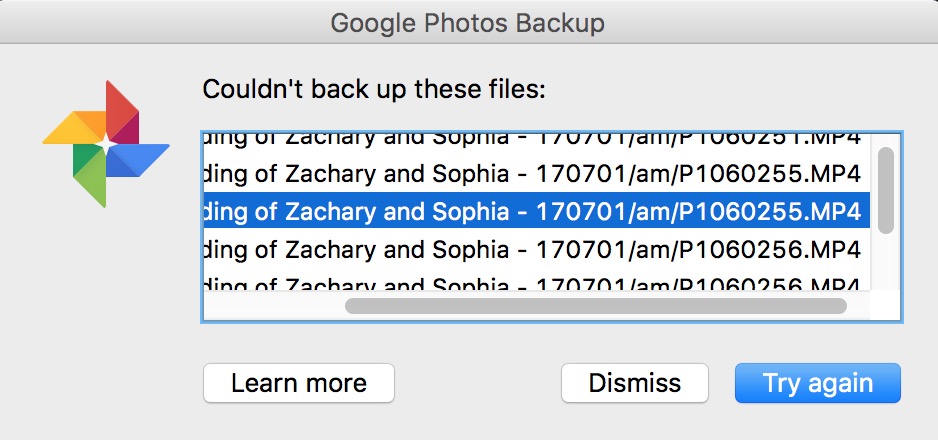

Google’s face recognition can span decades, so if you have a photo from high school and then one taken 20 years later, there’s a good chance that Google’s A.I. That immediately brings up a reference to all the other photos of that person or pet within your Google Photos library. If you already have the person in your contacts, their name might pop up for you to tap, and if you don’t, you can enter that name in the album. Click a person or pet and enter their name. Tap on People & Pets, and then View all and you can see headshots derived from all your photos. Click on Search and starting at the top of the screen, you’ll see preset options like People & Pets, Places, Things, Your activity, Categories, and Creations. You can easily find photos of anyone by tagging the faces of people and pets and then locate them using the app’s search function. You can never have too many photo backups. Or you can use other utilities for backing up and storing your images, such as Dropbox or iCloud.
#Google photos backup download#
You can first download them to your hard drive and save them locally on your computer or in a separate storage disk or even a thumb drive. If you’re not comfortable with that, you do not have to delete photos off your phone or tablet immediately. If you opt to do that, Google may now hold your only copy of the image. Once images are backed up in the cloud, the app can delete the local version from your phone or tablet. To initiate a backup, just launch the Google Photos app and swipe down to start the upload to your Google cloud. This automatically saves every photo and video recorded to your phone to your Google Photos library, when you have internet access. As soon as you download the Google Photos app and sign in to your Google account, you will get a prompt to enable the Back up & sync function. One of Google Photos’ primary features is its ability to immediately back up photos to the cloud, allowing you to free up space on your phone.


 0 kommentar(er)
0 kommentar(er)
